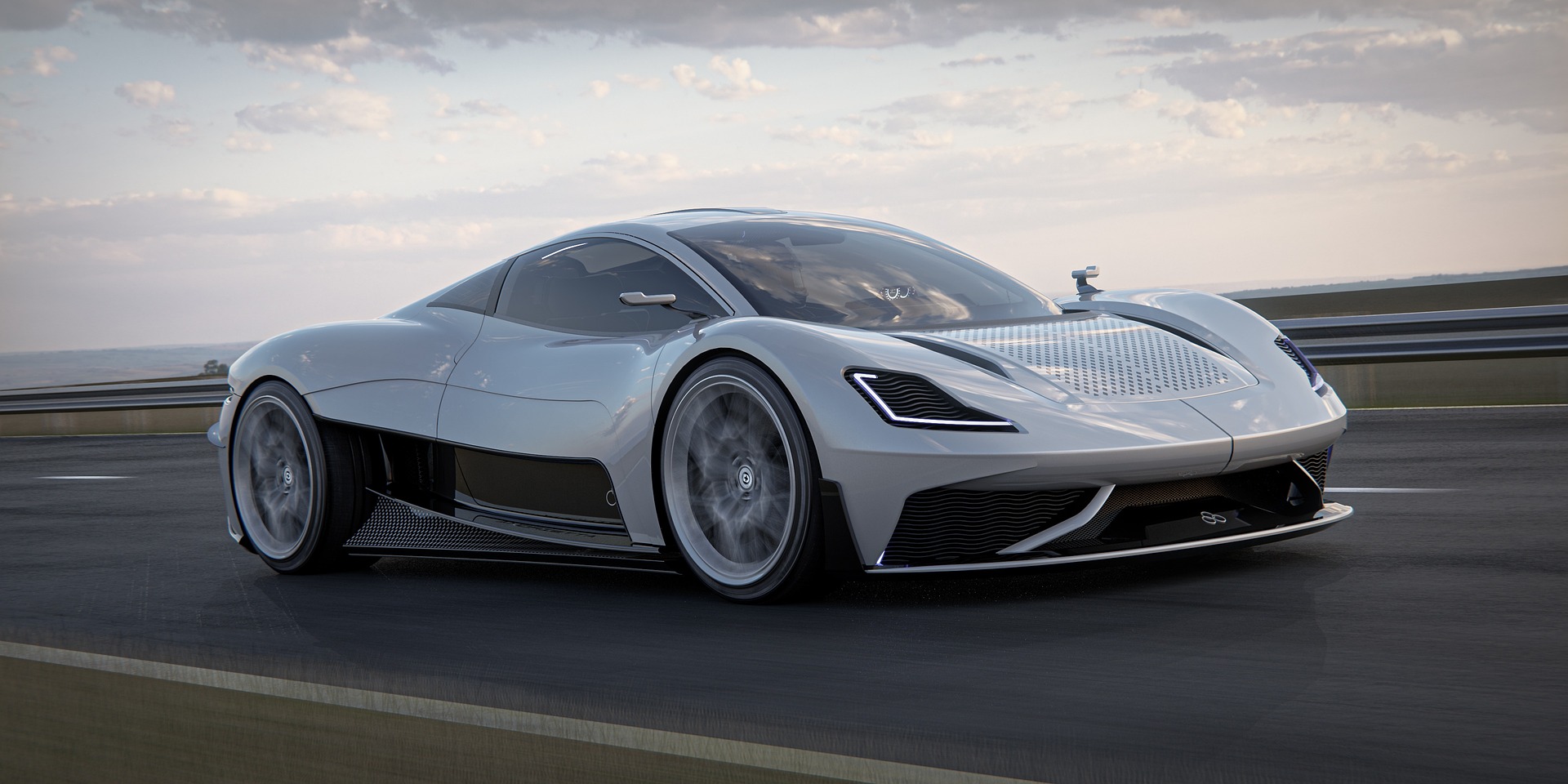The Trailblazing Rise of Hydrogen Fuel Cells in the Automotive Industry
The 21st century has witnessed an unprecedented shift towards sustainable energy solutions. From wind turbines to solar panels, the world has seen a surge in green initiatives. Amidst this backdrop, a new player has emerged onto the automotive scene: Hydrogen Fuel Cell Vehicles (HFCVs). These vehicles are not only eco-friendly but also offer a promising alternative to traditional fossil-fuelled cars and even electric vehicles.

A Brief Look into the Past
The concept of hydrogen fuel cells is not new. It dates back to the 19th century when Sir William Grove, a British scientist, developed the first fuel cell. However, it was not until the mid-20th century that the idea was seriously considered for automotive applications. NASA’s Gemini and Apollo missions utilized hydrogen fuel cells for providing electricity and water to astronauts. However, the technology was deemed too expensive for commercial use at the time.
The Turning Point
Fast forward to the 21st century, a combination of technological advancements and growing environmental concerns have revitalized interest in HFCVs. The turning point came in 2015 when Toyota launched the ‘Mirai,’ the world’s first mass-produced hydrogen fuel cell car. Since then, other major automakers like Honda and Hyundai have also entered the hydrogen vehicle market.
How It Works
Hydrogen fuel cells generate electricity by combining hydrogen and oxygen in a chemical reaction. The only byproduct of this process is water, making it a zero-emission technology. In a hydrogen fuel cell vehicle, the electricity generated by the fuel cell powers an electric motor, which propels the car.
The Advantages and Challenges
The greatest advantage of hydrogen fuel cell vehicles is their environmental friendliness. They emit no harmful greenhouse gases, and the only byproduct, water, is harmless to the environment. Additionally, hydrogen is the most abundant element in the universe, making it a potentially limitless source of energy.
However, there are also significant challenges to overcome. Hydrogen gas is highly flammable and difficult to store. Additionally, most hydrogen currently produced is derived from natural gas, a fossil fuel, which somewhat negates its environmental benefits. There are also infrastructure challenges related to the production, storage, and distribution of hydrogen.
The Road Ahead
Despite the challenges, the future looks promising for hydrogen fuel cell vehicles. Investments in renewable hydrogen production methods, like electrolysis, are increasing. And while the infrastructure for hydrogen refuelling is currently limited, countries like Japan and Germany are leading the way in developing nationwide hydrogen refuelling networks.
In conclusion, while hydrogen fuel cell vehicles currently represent a small fraction of the automotive market, their potential for sustainable, zero-emission transportation is immense. As technology continues to advance and infrastructure improves, the age of hydrogen automobiles may be just around the corner.




